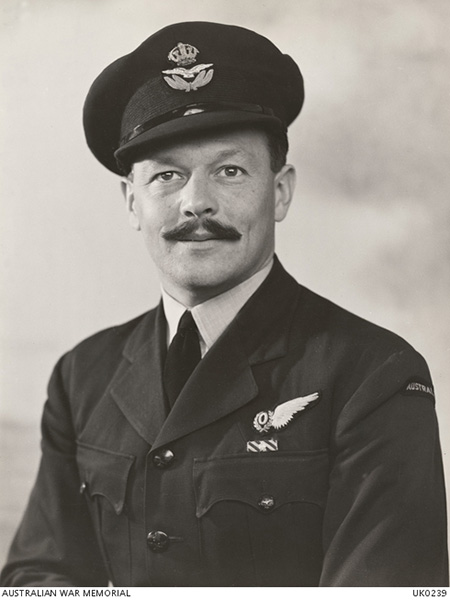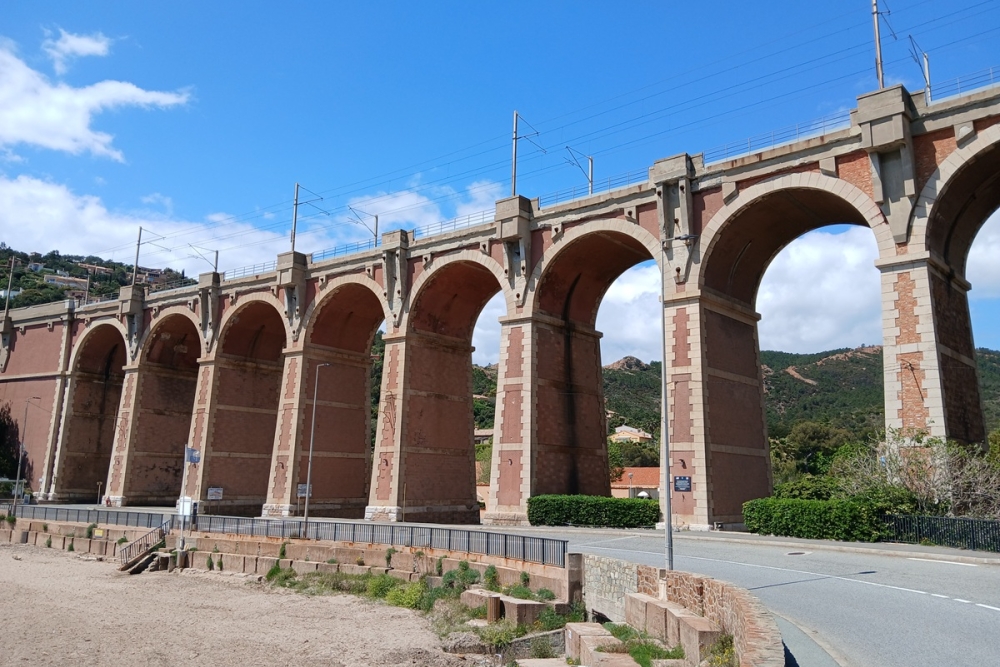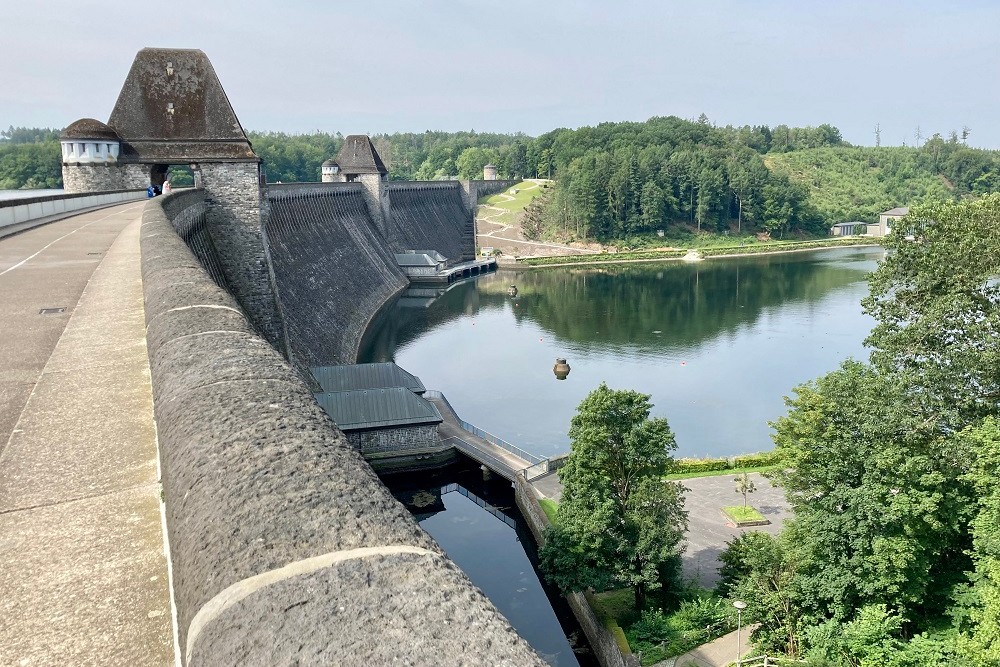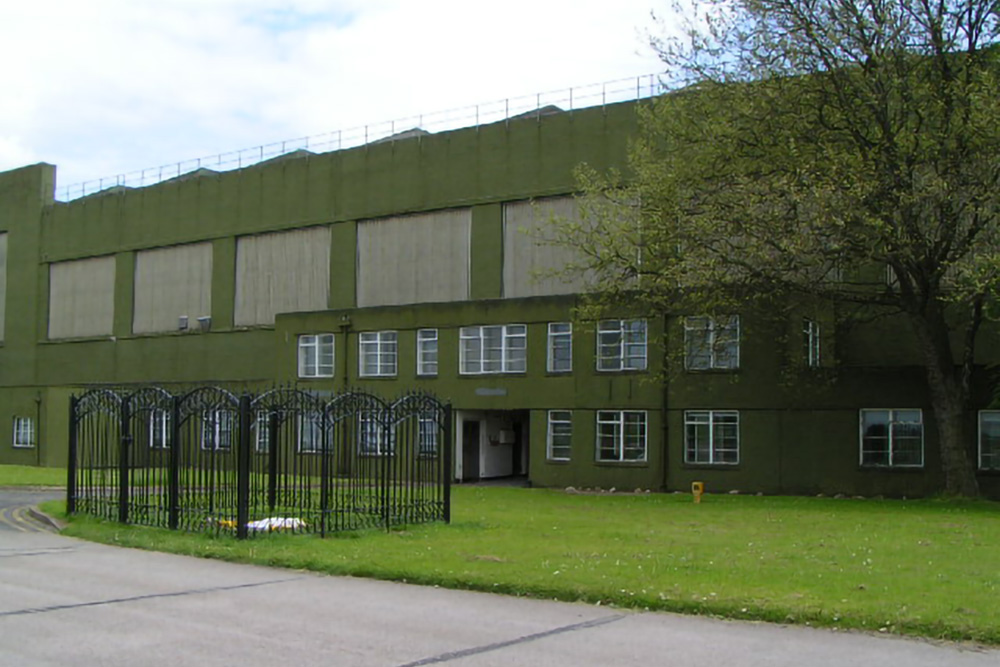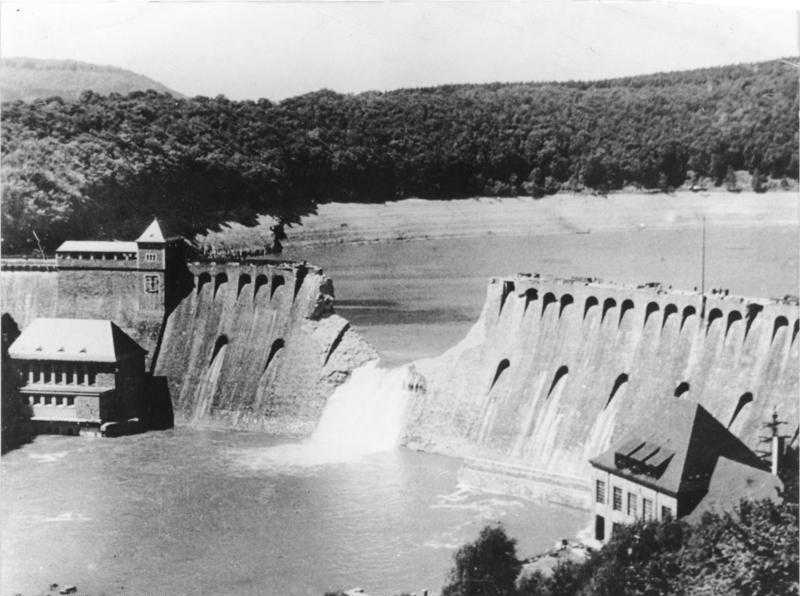Hay, Robert Claude
- Date of birth:
- November 4th, 1913 (Renmark/South Australia, Australia)
- Date of death:
- February 13th, 1944
- Buried on:
- Commonwealth War Graves Cagliari
Plot: I. Row: B. Grave: 5. - Service number:
- 407074
- Nationality:
- Australian
Biography
Robert Claude Hay was born on November 4, 1913, in Renmark, South Australia. His parents were John and Margaret Hay. He was a standout athlete at Roseworthy Agricultural College, where he graduated in 1935 after attending Renmark High School. His name is now attached to the college pool.
After training in Australia and Canada, he joined the RAAF in the summer of 1940 and came to England a year later. He was sent to 455 (Australia) Squadron for his first posting. When 455 Squadron transferred to Coastal Command in April 1942, he was assigned to 50 Squadron to fly heavy bombers.
By the time the 617 Squadron was established, Hay had already been commissioned and received the Distinguished Flying Cross. He earned a bar to his DFC for his involvement in the Dams raid. Unfortunately, Hay was killed during a bombing mission targeting the Antheor Viaduct in southern France. Hay was killed on board but the aircraft managed to land safely in Sardinia.
Do you have more information about this person? Inform us!
- Period:
- Second World War (1939-1945)
- Rank:
- Flying Officer
- Unit:
- No. 50 Squadron, Royal Air Force
- Awarded on:
- October 20th, 1942
"One night in August, 1942, these officers, as captain and navigator of aircraft respectively, were detailed to execute a special bombing sortie. In spite of difficulties, they accomplished their task successfully and brought back excellent photographs.
Squadron Leader Everit and Flying Officer Hay have completed many sorties and they have always displayed great skill and determination to make every mission a success. Their outstanding operational efficiency and devotion to duty have set a fine example."
- Period:
- Second World War (1939-1945)
- Rank:
- Wing Commander
- Unit:
- No. 617 Squadron, Royal Air Force
- Awarded on:
- May 28th, 1943
- Awarded for:
- Operation Chastise
Second DFC awarded in the form of a bar to be worn on the ribbon of the first DFC.
- Period:
- Second World War (1939-1945)


